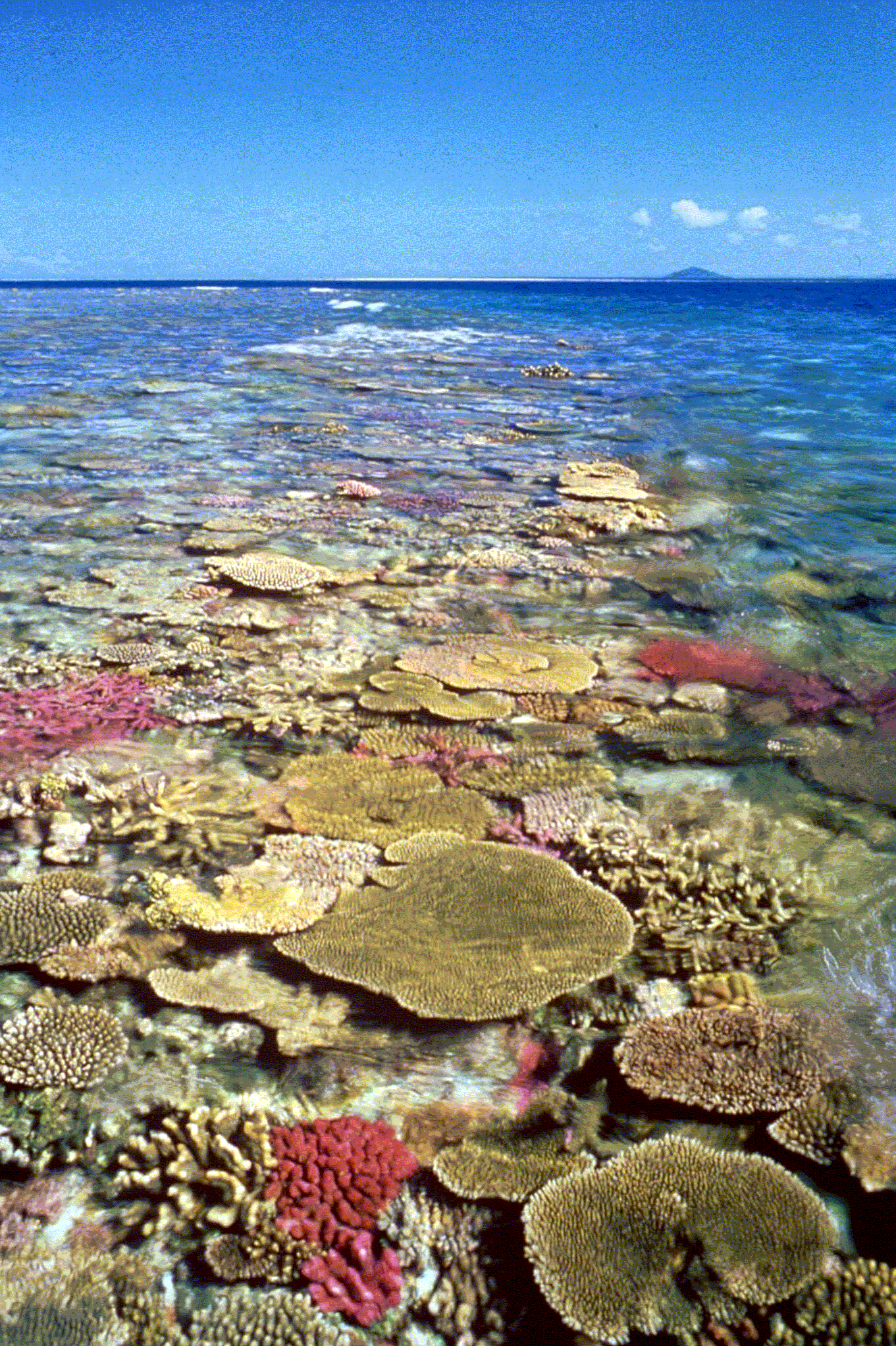Sustainable Tourism
 Direct use of natural resources, both renewable and non renewable, in the provision of tourist facilities is one of the most significant direct impacts of tourism in a given area. Land use for accommodation and infrastructure provision, the choice of the site, the use of building materials are all essential factors. Deforestation and intensified or unsustainable use of land also cause erosion and loss of biodiversity. Construction activities related to tourism can cause enormous alteration to wildlife habitats and ecosystems. Incorrect behaviours and unregulated tourism activities (e.g. off road driving, plant picking, hunting, shooting, fishing, and scuba diving) can cause direct impact on the species composition and on wildlife. Moreover, tourists and tourist transportation means can increase the risk of introducing alien species and the manner and frequency of human presence can cause disturbance to the behaviour of animals. The challenge of sustainable tourism is thus to develop, promote and disseminate guidelines for the sustainable planning and management of tourism activities in vulnerable marine and coastal ecosystems and habitats of major importance for biological diversity. Basically, "Sustainable tourism development meets the needs of the present tourists and host regions while protecting and enhancing the opportunity for the future. It is envisaged as leading to management of all resources in such a way that economic, social and aesthetic needs can be fulfilled, while maintaining cultural integrity, essential ecological processes, biological diversity and life support systems". Sustainability implies permanence, long term, thus sustainable tourism includes optimum use of resources, including biological diversity; minimisation of ecological, cultural and social impacts; and maximisation of benefits to conservation and local communities whilst allowing for economic growth. It also refers to the management structures that are needed in order to achieve this.
Direct use of natural resources, both renewable and non renewable, in the provision of tourist facilities is one of the most significant direct impacts of tourism in a given area. Land use for accommodation and infrastructure provision, the choice of the site, the use of building materials are all essential factors. Deforestation and intensified or unsustainable use of land also cause erosion and loss of biodiversity. Construction activities related to tourism can cause enormous alteration to wildlife habitats and ecosystems. Incorrect behaviours and unregulated tourism activities (e.g. off road driving, plant picking, hunting, shooting, fishing, and scuba diving) can cause direct impact on the species composition and on wildlife. Moreover, tourists and tourist transportation means can increase the risk of introducing alien species and the manner and frequency of human presence can cause disturbance to the behaviour of animals. The challenge of sustainable tourism is thus to develop, promote and disseminate guidelines for the sustainable planning and management of tourism activities in vulnerable marine and coastal ecosystems and habitats of major importance for biological diversity. Basically, "Sustainable tourism development meets the needs of the present tourists and host regions while protecting and enhancing the opportunity for the future. It is envisaged as leading to management of all resources in such a way that economic, social and aesthetic needs can be fulfilled, while maintaining cultural integrity, essential ecological processes, biological diversity and life support systems". Sustainability implies permanence, long term, thus sustainable tourism includes optimum use of resources, including biological diversity; minimisation of ecological, cultural and social impacts; and maximisation of benefits to conservation and local communities whilst allowing for economic growth. It also refers to the management structures that are needed in order to achieve this.Picture courtesy of Topham.

